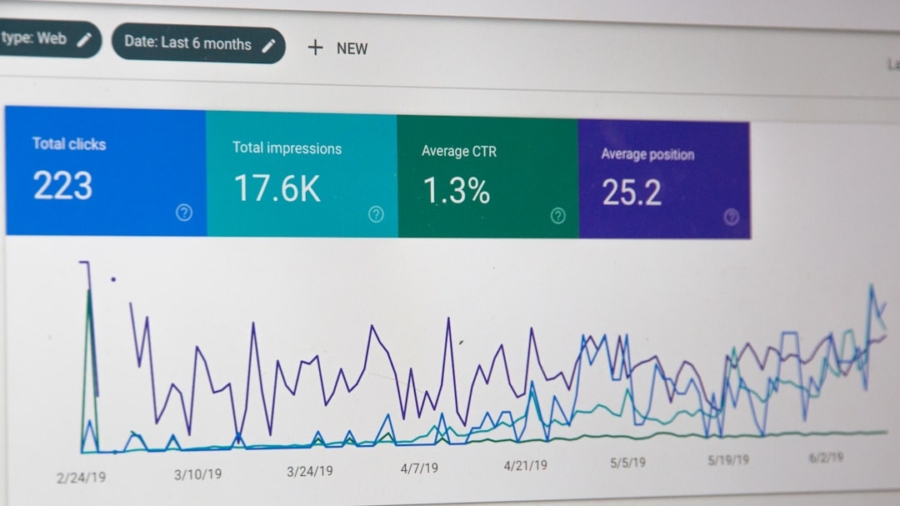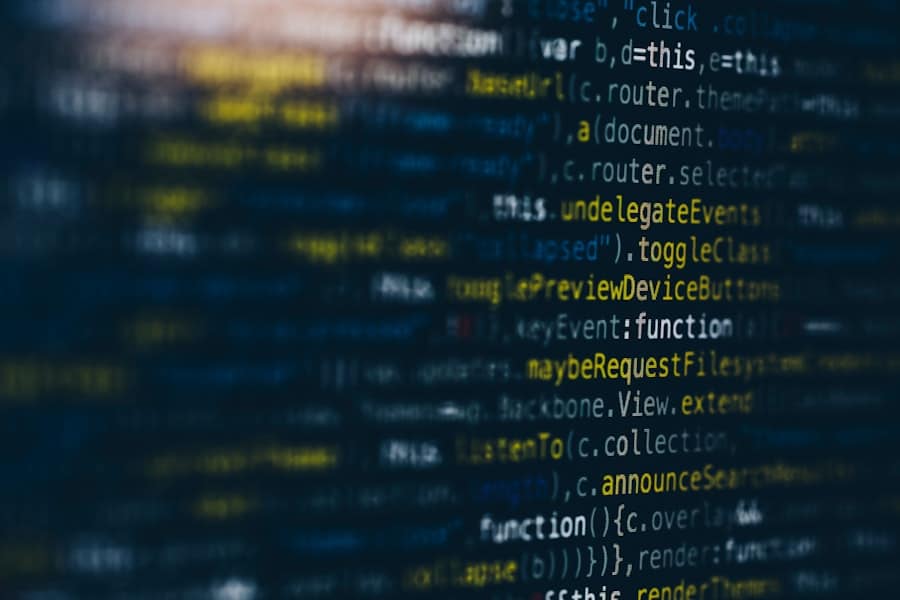Digital surveillance has become an omnipresent aspect of modern life, permeating various facets of society, from personal interactions to governmental oversight. The advent of the internet and the proliferation of digital devices have created an environment where vast amounts of data are generated, collected, and analyzed. This data can be harnessed for a multitude of purposes, ranging from enhancing user experiences to monitoring behavior for security reasons.
As technology continues to evolve, so too does the sophistication of surveillance methods, leading to a complex interplay between convenience, security, and privacy. The rise of digital surveillance is not merely a byproduct of technological advancement; it is also a reflection of societal attitudes towards privacy and security. In an age where information is power, the ability to monitor and analyze behavior has become a valuable asset for corporations and governments alike.
However, this has raised significant ethical questions about the extent to which individuals are willing to sacrifice their privacy for perceived safety or convenience. The balance between surveillance and privacy is a contentious issue that continues to evolve as new technologies emerge and societal norms shift.
Key Takeaways
- Digital surveillance refers to the monitoring and tracking of individuals’ online activities and communications.
- Privacy in the digital age is increasingly compromised due to the widespread use of surveillance technologies by governments and corporations.
- Continuous digital surveillance can lead to a chilling effect on freedom of expression and association, as well as psychological and emotional harm to individuals.
- Privacy laws and regulations are struggling to keep pace with the rapid advancements in surveillance technology, leading to gaps in protection for individuals.
- Technology can play a dual role in both enabling surveillance and protecting privacy, depending on how it is developed and used.
Current State of Privacy in the Digital Age
In the digital age, privacy has become a fluid concept, often defined by the terms and conditions of various platforms and services. Users frequently engage with social media, e-commerce, and other online services without fully understanding the implications of their data sharing. The Cambridge Analytica scandal serves as a stark reminder of how personal data can be exploited for political gain, highlighting the vulnerabilities inherent in our digital interactions.
As individuals navigate this landscape, they often find themselves at the mercy of complex algorithms that dictate what information is collected and how it is used. Moreover, the current state of privacy is characterized by a paradox: while individuals are more aware of privacy issues than ever before, many continue to engage in behaviors that compromise their own privacy. The convenience of sharing personal information for tailored experiences often outweighs concerns about data security.
This phenomenon is exacerbated by the normalization of surveillance technologies in everyday life, such as smart home devices and location tracking on mobile phones. As a result, individuals may inadvertently contribute to a culture of surveillance that undermines their own privacy rights.
The Impact of Continuous Digital Surveillance on Society
The implications of continuous digital surveillance extend far beyond individual privacy concerns; they permeate societal structures and influence collective behavior. One significant impact is the chilling effect on free expression and dissent. When individuals are aware that their actions and communications are being monitored, they may self-censor or refrain from engaging in discussions that could be deemed controversial or politically sensitive.
This phenomenon can stifle innovation and creativity, as people may hesitate to share ideas or challenge prevailing norms due to fear of repercussions. Additionally, continuous digital surveillance can exacerbate existing inequalities within society. Marginalized communities often bear the brunt of heightened surveillance measures, which can lead to over-policing and discrimination.
For instance, facial recognition technology has been criticized for its disproportionate misidentification rates among people of color, raising concerns about racial profiling and civil liberties violations. As surveillance technologies become more integrated into law enforcement practices, the potential for abuse increases, further entrenching systemic biases and undermining trust in public institutions.
Privacy Laws and Regulations in the Era of Digital Surveillance
In response to growing concerns about privacy in the digital age, various laws and regulations have been enacted to protect individuals’ rights. The General Data Protection Regulation (GDPR) in the European Union represents one of the most comprehensive frameworks aimed at safeguarding personal data. It mandates that organizations obtain explicit consent from individuals before collecting their data and grants users the right to access, rectify, or delete their information.
This regulatory approach has set a precedent for privacy protection worldwide, influencing legislation in other regions. However, despite these advancements, challenges remain in enforcing privacy laws effectively. Many companies operate across borders, complicating compliance with varying regulations.
Additionally, enforcement mechanisms can be weak or inconsistent, allowing organizations to exploit loopholes or neglect their responsibilities. In the United States, for example, there is no federal law equivalent to the GDPR; instead, privacy protections are fragmented across state lines and sectors. This patchwork approach can leave individuals vulnerable to exploitation and diminish the overall effectiveness of privacy protections.
The Role of Technology in Privacy Protection
As digital surveillance technologies advance, so too do the tools designed to protect individual privacy. Encryption technologies have emerged as a critical line of defense against unauthorized access to personal data. End-to-end encryption ensures that only the intended recipients can read messages or access files, rendering intercepted communications virtually useless to prying eyes.
Messaging platforms like Signal and WhatsApp have adopted such technologies to enhance user privacy, allowing individuals to communicate securely without fear of surveillance. Moreover, advancements in artificial intelligence (AI) are being leveraged to develop more sophisticated privacy protection mechanisms. For instance, AI algorithms can analyze user behavior patterns to detect anomalies that may indicate unauthorized access or data breaches.
Additionally, privacy-preserving techniques such as differential privacy allow organizations to glean insights from large datasets without compromising individual identities. These technological innovations represent a proactive approach to safeguarding privacy in an increasingly surveilled world.
Ethical Considerations in Continuous Digital Surveillance
The Erosion of Autonomy and Agency
This raises ethical concerns about autonomy and agency in an environment where individuals may feel compelled to relinquish their privacy for access to services. The pressure to surrender personal data can lead to a loss of control over one’s own life, as individuals become reliant on services that collect and exploit their information.
While proponents argue that such measures enhance security and efficiency, critics contend that they infringe upon civil liberties and create a culture of mistrust. The use of surveillance technologies raises important questions about the balance between security and individual rights.
The Normalization of Surveillance and its Consequences
The normalization of surveillance can lead to desensitization among the public, where individuals become accustomed to being monitored and accept it as an inevitable aspect of modern life. This shift in societal norms poses significant ethical questions about the future of individual rights and freedoms. As surveillance becomes more pervasive, it is essential to consider the long-term implications for our society and the values we hold dear.
Strategies for Protecting Privacy in a World of Digital Surveillance
In light of pervasive digital surveillance, individuals can adopt various strategies to protect their privacy. One fundamental approach is to cultivate digital literacy—understanding how data is collected, used, and shared is essential for making informed decisions about online behavior. By educating themselves about privacy settings on social media platforms and utilizing tools like virtual private networks (VPNs), users can take proactive steps to safeguard their information.
Individuals can support organizations that champion privacy rights and participate in public discourse surrounding data protection policies. By engaging with lawmakers and demanding accountability from corporations regarding their data practices, citizens can play an active role in shaping a future where privacy is respected and protected.
The Future of Privacy: Challenges and Opportunities
As we look toward the future, the landscape of privacy will undoubtedly continue to evolve in response to technological advancements and societal shifts. One significant challenge will be balancing innovation with privacy protection; as new technologies emerge—such as biometric identification systems or advanced AI—there will be ongoing debates about their implications for individual rights. Striking this balance will require collaboration among technologists, policymakers, ethicists, and civil society.
However, opportunities also abound for fostering a culture that values privacy alongside technological progress. The growing awareness of data rights among consumers presents a unique chance for businesses to differentiate themselves by prioritizing user privacy as a core value. Companies that adopt transparent data practices and prioritize user consent may gain a competitive edge in an increasingly conscientious market.
In conclusion, while the challenges posed by digital surveillance are significant, they also present opportunities for innovation in privacy protection and advocacy for stronger regulations. As society navigates this complex terrain, it will be essential to remain vigilant about safeguarding individual rights while embracing the benefits that technology can offer.
In a world where privacy is becoming increasingly scarce due to continuous digital surveillance, it is crucial for individuals to protect their personal information. One way to do this is by being mindful of the devices we use, such as tablets. For students looking to safeguard their data, it is important to choose a tablet that prioritizes privacy and security. For more information on how to select the right tablet for students, check out this helpful article on how to choose a tablet for students.
FAQs
What is continuous digital surveillance?
Continuous digital surveillance refers to the ongoing and constant monitoring of individuals’ online activities, communications, and behaviors through the use of digital technologies such as surveillance cameras, social media tracking, and data collection.
How does continuous digital surveillance impact privacy?
Continuous digital surveillance can significantly impact privacy by infringing on individuals’ rights to control their personal information and activities. It can lead to the collection of sensitive data without consent, the potential for misuse of personal information, and the erosion of privacy boundaries.
What are the potential implications of continuous digital surveillance on society?
Continuous digital surveillance can have far-reaching implications on society, including the potential for increased social control, the erosion of trust in institutions, and the chilling effect on freedom of expression and individual autonomy.
What are some measures that can be taken to protect privacy in a world of continuous digital surveillance?
Measures to protect privacy in a world of continuous digital surveillance may include the implementation of strong data protection laws, the use of encryption and secure communication tools, increased transparency and accountability from surveillance entities, and the promotion of digital literacy and awareness among individuals.
What role do governments and regulatory bodies play in addressing the challenges of continuous digital surveillance?
Governments and regulatory bodies play a crucial role in addressing the challenges of continuous digital surveillance by enacting and enforcing privacy laws, promoting transparency and accountability in surveillance practices, and fostering international cooperation to address cross-border surveillance issues.



